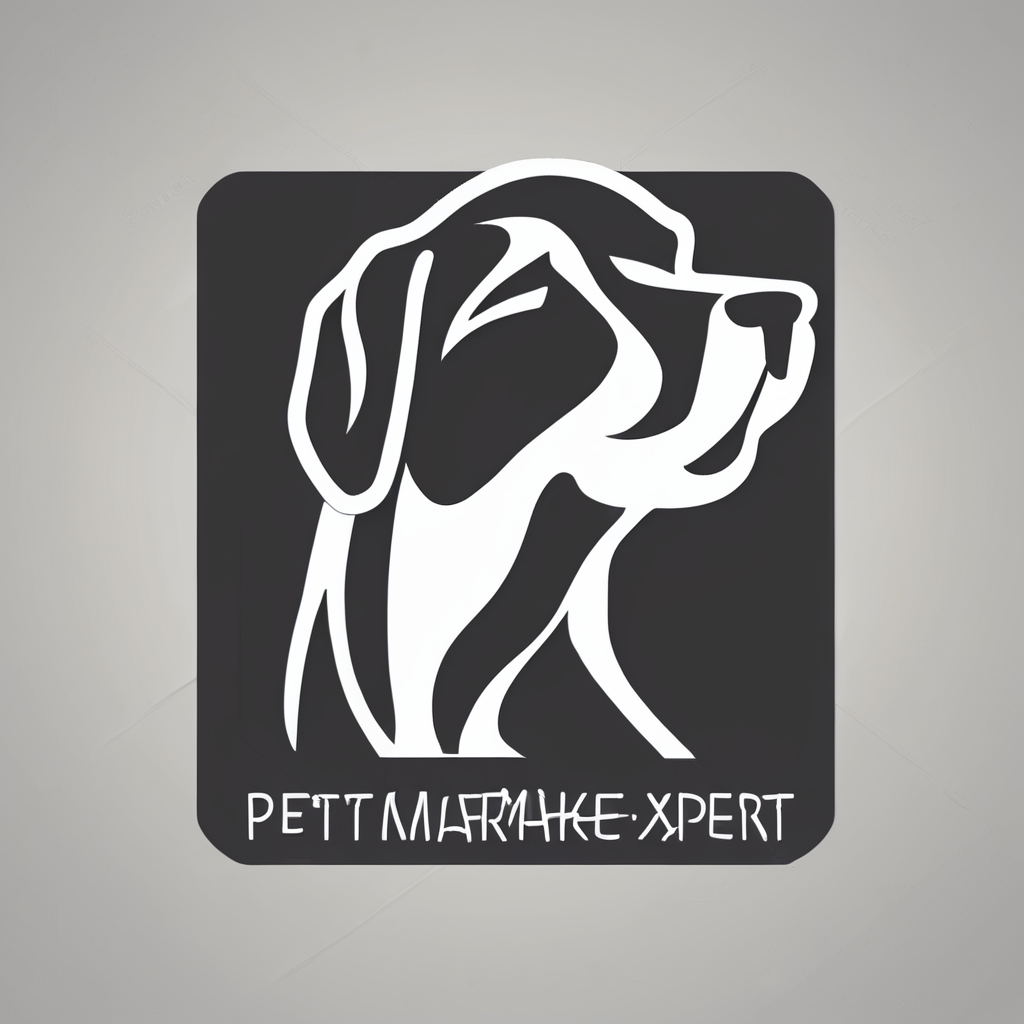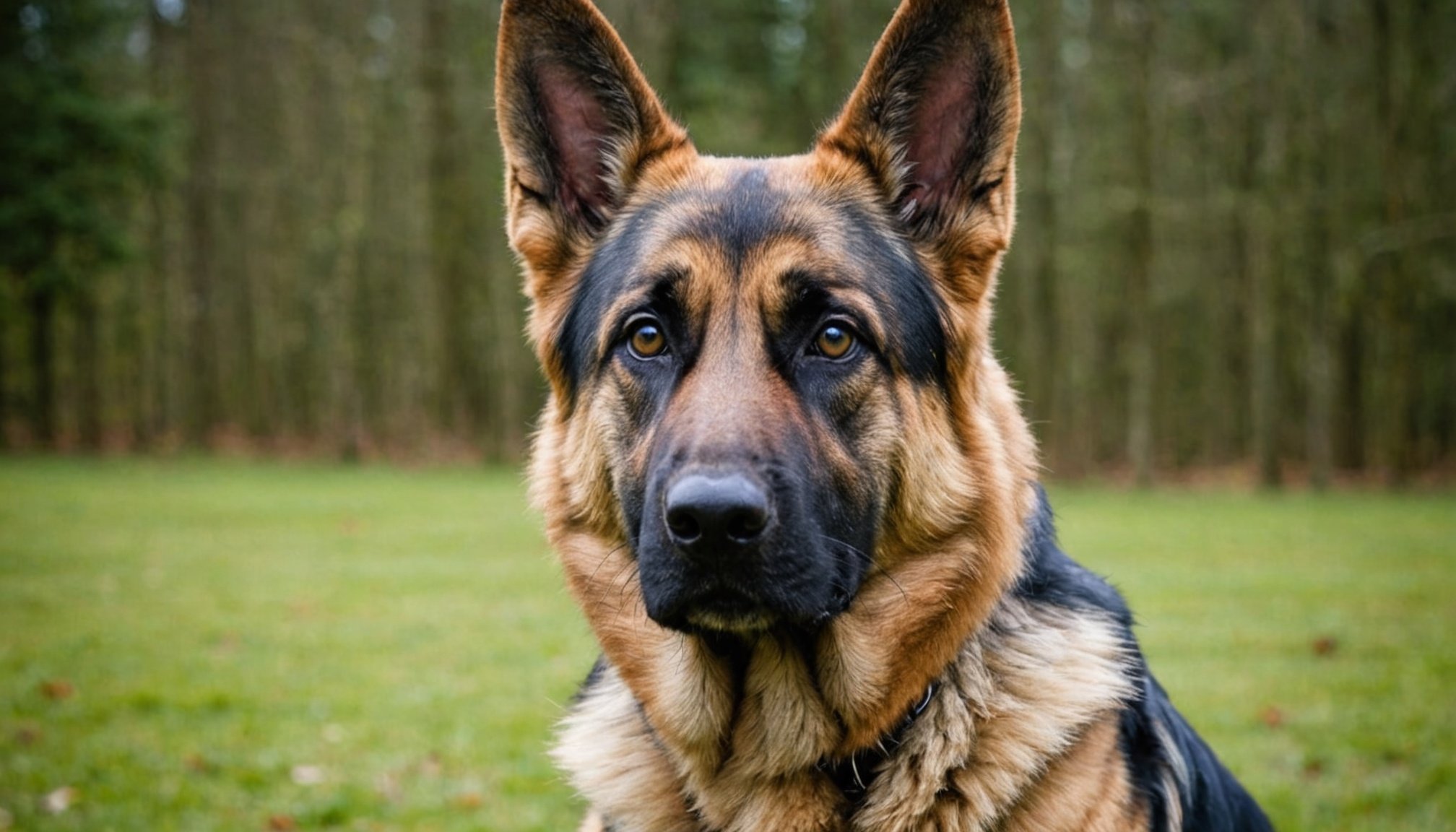Welcoming a Protective German Shepherd to Your Home: A Comprehensive Guide to Safe Introductions
Understanding the German Shepherd Breed
Before you bring a German Shepherd into your home, it’s crucial to understand the characteristics of this breed. German Shepherds are highly intelligent, loyal, and protective dogs that require careful handling and training.
- Origin and Purpose: Originally bred to protect and herd sheep, German Shepherds have been adapted for various roles, including police work, search and rescue, and as beloved family pets[4].
- Temperament: They are known for their loyalty and protective nature, which makes them excellent guard dogs. However, this also means they can be wary of strangers and may require time to warm up to new people[1].
- Training Needs: German Shepherds are highly trainable, but they need consistent, positive reinforcement training from an early age. They thrive on structure and clear communication[5].
Preparing Your Home for a German Shepherd
Before your new German Shepherd arrives, it’s essential to prepare your home to ensure a smooth transition for both your dog and your family.
In parallel : Mastering Tibetan Mastiff Territoriality: Strategies for Coexisting in a Multi-Dog Home
Creating a Safe Environment
- Secure Your Yard: Make sure your yard is securely fenced to prevent your dog from escaping. German Shepherds are active and can be prone to wandering if they sense something interesting outside the fence.
- Dog-Proof Your Home: Remove any hazardous items, secure toxic substances, and block off areas you don’t want your dog to access.
- Designate a Quiet Area: Choose a quiet area for your dog’s bed or crate where they can retreat when feeling overwhelmed.
Essential Supplies
Here are some essential supplies you’ll need for your new German Shepherd:
- High-Quality Food: German Shepherds are large dogs and need a balanced diet that meets their nutritional needs.
- Comfortable Bedding: A large, comfortable dog bed or crate with soft bedding is crucial for their comfort and health.
- Training Equipment: Leashes, collars, and training aids like clickers and treats are necessary for effective training.
- Toys and Chews: Durable toys and chews to keep your dog occupied and satisfied.
Introducing Your German Shepherd to New Visitors
Introducing your German Shepherd to new visitors requires careful planning to ensure everyone’s safety and comfort.
In parallel : Top Gentle Exercises for Senior Border Terriers with Arthritis: Keeping Your Pup Active and Happy!
Before the Introduction
- Train Basic Commands: Make sure your dog is well-trained in basic commands like “sit,” “stay,” and “come.” This will help you maintain control during the introduction[5].
- Socialization: Socialize your dog extensively to various people, environments, and situations. This helps reduce anxiety and aggression towards strangers[1].
Step-by-Step Introduction Process
Here’s a step-by-step guide to introducing your German Shepherd to new visitors safely:
- Prepare a Quiet Area:
- Choose a quiet area where your dog feels comfortable and secure.
- Ensure this area is free from distractions and noise.
- Use Positive Reinforcement:
- Reward your dog with treats and praise for calm behavior.
- Use positive reinforcement to reinforce good behavior during the introduction.
- Control the Environment:
- Keep the introduction area controlled to prevent overwhelming your dog.
- Ensure the new visitor understands the importance of calm and gentle interactions.
- Gradual Introduction:
- Start with visual introductions where the dog can see the new visitor from a distance.
- Gradually increase the proximity over time, always monitoring your dog’s behavior.
- Monitor Body Language:
- Pay close attention to your dog’s body language. If they appear stressed or aggressive, it’s best to slow down the introduction process.
- Look for signs like raised hackles, growling, or avoidance behaviors.
Tips for Successful Interactions
Here are some additional tips to ensure successful interactions between your German Shepherd and new visitors:
Communicate with Visitors
- Inform Visitors About Your Dog: Let visitors know about your dog’s temperament and any specific rules or precautions they should follow.
- Demonstrate Calm Behavior: Show visitors how to interact calmly with your dog, such as speaking softly and moving slowly.
Manage Interactions
- Keep Interactions Short: Initially, keep interactions short to prevent overwhelming your dog.
- Supervise Children: Always supervise interactions between children and your dog to ensure everyone’s safety.
Training for Specific Situations
- Train for Separation Anxiety: German Shepherds can suffer from separation anxiety. Train your dog to be comfortable when you leave the house by starting with short periods of separation and gradually increasing the time[2].
- Train for Public Encounters: Train your dog to behave well in public by exposing them to various environments and people. This helps them become more confident and calm in new situations.
Common Challenges and Solutions
Dealing with Aggression
- Identify Triggers: If your dog shows aggression towards new visitors, identify the triggers and work on desensitizing your dog to these triggers.
- Seek Professional Help: If aggression persists, seek help from a professional dog trainer or behaviorist.
Managing Over-Protectiveness
- Balance Protection and Socialization: While it’s natural for German Shepherds to be protective, it’s important to balance this with socialization to prevent over-protectiveness.
- Train “Leave It” Command: Teach your dog the “leave it” command to help them understand when to back off from a situation.
Practical Insights and Actionable Advice
Here are some practical insights and actionable advice to help you navigate the process of introducing your German Shepherd to new visitors:
Example Scenario
Imagine you are introducing your German Shepherd, Max, to a new friend, Sarah. Here’s how you might proceed:
- Initial Introduction: Start by having Sarah stand at a distance while you reward Max for calm behavior.
- Gradual Approach: Gradually have Sarah approach Max while you continue to reward calm behavior.
- Positive Reinforcement: Use treats and praise to reinforce good behavior as Sarah interacts with Max.
Quotes from Experts
- “German Shepherds are highly intelligent and responsive to training, but they need consistent, positive reinforcement to thrive,” says a professional dog trainer.
- “Socialization is key. The more your German Shepherd is exposed to different people and environments, the more confident and calm they will be in new situations,” advises a veterinarian.
Welcoming a German Shepherd into your home can be a rewarding experience, but it requires careful planning and attention to detail. By understanding the breed’s characteristics, preparing your home, and following a step-by-step introduction process, you can ensure a safe and successful integration of your new dog into your family.
Summary Table: Key Points for Introducing a German Shepherd
| Aspect | Key Points |
|---|---|
| Breed Characteristics | Intelligent, loyal, protective; requires consistent training and socialization[1][4] |
| Home Preparation | Secure yard, dog-proof home, designate quiet area[3] |
| Introduction Process | Prepare quiet area, use positive reinforcement, control environment, gradual introduction, monitor body language[5] |
| Tips for Interactions | Communicate with visitors, manage interactions, train for specific situations[2] |
| Common Challenges | Dealing with aggression, managing over-protectiveness; seek professional help if needed[2] |
| Practical Insights | Balance protection and socialization, train “leave it” command; example scenario and expert quotes[5] |
By following these guidelines and being patient, you can help your German Shepherd become a well-adjusted and loving member of your family. Remember, every dog is unique, so be prepared to adjust your approach based on your dog’s individual needs and personality.
Safety Protocols for Visitor Interactions
Ensuring safe interactions between your dog and visitors is essential for creating a harmonious environment. Establishing rules for these interactions can help prevent potential incidents. Begin by setting clear boundaries: inform visitors not to approach or touch the dog unless invited. This includes allowing the dog to initiate interaction first, ensuring it’s comfortable. Explain the importance of maintaining a calm demeanour to avoid startling the dog.
Sometimes, specific situations require additional precautions. For instance, if your dog shows signs of anxiety or fear, consider providing a safe space where it can retreat during visits. This could be a separate room or a quiet corner with its favourite toys. Be proactive in supervising interactions during the first few visits to assess both the dog’s and visitor’s comfort levels.
In the event that an interaction does not go as planned, having emergency procedures in place is crucial. If your dog reacts negatively, calmly instruct visitors to step back, giving the dog space. Ensure you have contact information for a trusted veterinarian in case of injury. Regularly review and adapt your safety protocols to cater to your dog’s evolving needs and behaviours to maintain a secure environment for everyone involved.
Building Positive Associations
Creating positive experiences for both dogs and visitors is an essential aspect of fostering harmonious interactions. Here, we explore techniques to make visits enjoyable and beneficial for all parties involved.
Firstly, introducing a variety of enjoyable activities during visits can help build positive associations. Simple actions like setting up playdates with familiar dogs, offering treats, and engaging in interactive games can make a significant difference. These activities can reinforce positive behaviour and reduce anxiety.
Regular socialization practice remains crucial. Dogs that engage with diverse visitors and settings frequently tend to behave better during social interactions. This consistent exposure helps them become accustomed to different stimuli, thereby lowering their anxiety levels and enhancing their adaptability to new environments.
Observation and evaluating progress are vital for effective socialization and creating positive experiences. Regularly monitor your dog’s responses to different visitors and environments. If a particular method isn’t working, be flexible and adjust your approach. Every dog is unique, and their comfort levels may vary.
Moreover, encourage visitors to participate in creating these positive experiences. Instruct them on giving treats or playing specific games that your dog enjoys. This involvement not only helps to strengthen the bond between your dog and visitors but also increases the likelihood of future positive interactions.
Real-Life Case Studies
When introducing a German Shepherd into a new environment, it is essential to acknowledge both the successes and challenges. Dog owners often recount their stories of successful introductions, each having faced and overcome unique hurdles. From meeting the resident pets to testing the waters with unfamiliar humans, these experiences highlight valuable insights for potential German Shepherd owners.
One common challenge faced is integrating the shepherd with existing pets, which often requires patience and gradual exposure. Successful owners report using techniques such as controlled, short interactions that increase over time, allowing both the new dog and existing pets to adjust at their own pace. Introducing them in neutral spaces also helps to minimize territorial behavior.
Visitors pose another challenge. The initial excitement or nervousness of a German Shepherd can make these interactions rocky. Case studies suggest that providing ample socialization opportunities through grooming visits, trips to pet-friendly stores, and obedience classes can significantly ease visitor introductions.
Lessons learned from these experiences emphasize the need for consistency, positive reinforcement, and understanding individual needs. Every German Shepherd has its own temperament and past experiences, necessitating tailored approaches to ensure a harmonious introduction. The balance of challenge and solution in these real-life anecdotes provides invaluable guidance for future owners looking to create a successful environment for their German Shepherd.











